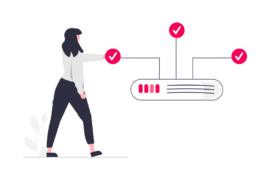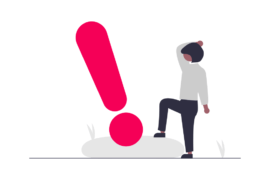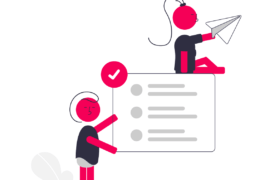Search Engine Optimization is widely considered as the be all and end all of getting visitors to come to a website. However, there is a huge difference in the SEO techniques of old and the new methods being used in SEO. The reason for this difference is largely the way Google and other search engines have refined their approach towards rating and ranking various websites. While initially the focus was purely on backlinks, SEO strategies in today’s world have become more elegant and elaborate.
Now, search engines have introduced algorithms and updates which reward high quality content while punishing old school methods of just getting as many backlinks as possible.
Emphasis, in the modern day, is user experience or how useful a website is to its visitors. Effectively, websites now boast of content that is of a higher quality than what used to be the staple in the earlier days. This is precisely why website owners and entrepreneurs are looking for an edge. In other words, they are looking for something that will make them different from their competition.
If you have a website and are savvy enough to realize that the SEO landscape is changing then it is likely that you have also embarked on a quest to find this edge. One of the ways through which you can get this edge is to understand the behavioral tendencies of your target audience. For this, psychological considerations become important. Consider the following.
Impact of Storytelling on the Human Mind
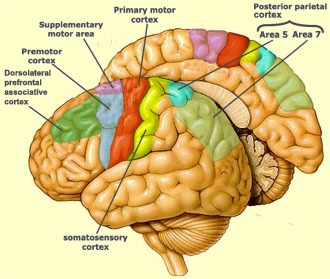
Most people view stories as something that can either entertain them or teach them a lesson or moral. However, the most relevant aspect of stories that you must pay attention to is that they have been a part of humanity since the time mankind turned away from hulking inside caves to walking upright and lighting bonfires.
Storytelling, in effect, has become a part of the human worldview and outlook. It has defined a lot of our beliefs and prevalent concepts. Resultantly, there is power in stories. The big question is how you can use storytelling to not only attract more visitors to your website but also give them a better experience while they are there.
The best way to explain the relevance of storytelling is through the extremely important but little known Significant Objects project. This project was an anthropological and literary experiment initiated by two people – Joshua Glen and Rob Walker. The premise of the project was simple. These two individuals took small value items and knickknacks and tried to see how they can improve their values in the eyes of the common man.
The average cost of the items these two visionaries picked up was a mere 1.25 American dollar. The objective of the experiment was to see how emotionally potent stories can change the perceived value of an object. So, they took cheap items from a thrift store and asked upwards of 200 exceptional writers to create emotionally potent stories for them.
They, finally, took these objects with their respective stories and put them up for auction. The results speak louder than words. While the initial combined value of all the items was 129 American dollars, the items’ combined final value, as per the auction was approximately 8,000 American dollars.
There is scientific evidence to back the results that Glen and Walker showed the world. For example, Uri Hassen conducted a study in Princeton University where he showed that when a story is being told, the areas that light up in both the listener and teller’s brain are the same.
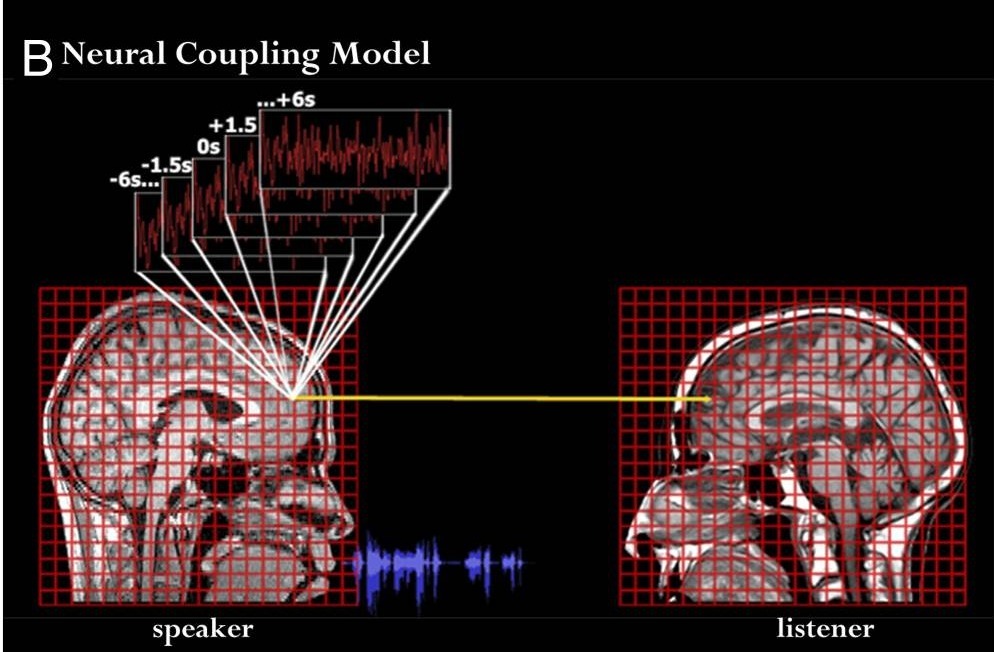
These tendencies are attributed to what is known as mirror neurons. It is also worth explaining that mirrored feelings are not temporary but can last for a long time depending upon the potency of the initial story.
Looking into the Hebbian Theory can explain this further. The impact of storytelling is significant and any website owner who ignores it will fall behind.
How to Utilize Storytelling for Increased Hits & Influence
It is possible that you are excited about the power of storytelling and are already considering how you can use it to increase visitors to your website. The trick lies in optimizing the visitor funnel for your website. The visitor funnel exists of four levels, which are awareness, interest, desire, and action in that sequence. Action can be anything such as sharing your content or subscribing to your list.

One always leads to another, although, overlapping is not uncommon. The key to optimizing the funnel and each of its levels is subtlety. Every image, video, and piece of written content should incorporate a subliminal message to influence the viewer. In fact, all you will need to do is provide a well picked, image, video or written text to provide the foundation and the individual will build a whole world around it himself.
This is a part of Gestalt psychology and can be very effective in bringing in visitors, if used properly. Let’s see what should be done with the aforementioned levels to ensure that your website draws the crowd and keeps it.
Awareness
In the awareness stage of the funnel, the primary objective is to show what is on offer, on the website. The best platform to do this with is to use videos, Infographics, images because these tend to be descriptive especially if professionals create them.
This descriptiveness can help potential visitors imagine what kind of information, products, or services they can get on the website and how it will provide value to them. While videos and Infographics work best, this does not mean that written content cannot be used. When it comes to written content, though, the margin for error is smaller because only exceptionally well written words can create imagery in a person’s mind.
Interest
Once a visitor arrives on the website, the next stage that becomes relevant is the interest stage. Every visitor comes with some preconceived notion about what he or she will find on the website. The trick is to project those notions and encourage the good ones while discouraging the bad ones. For instance, a nutritional supplement website would get visitors having two types of thoughts. The first is that the website would be cheap and sales oriented and the second is that there may be scope for its products to help the individual become healthier. Needless to say, the latter notion needs to be encouraged while the former notion needs to be alleviated.
Desire
There is only a slight difference between the interest stage and the desire stage. While in the interest stage, the objective is to create desire, in the desire stage; the aim is to cater to the details of that desire. For content writers, this means making their visitors aware of the key value proposition.
Action
Finally, the writer needs to make it easy for the visitor to take action on the website. Action could be anything ranging from subscribing on the blog to sharing the content or opening another page. In this regard, navigation and design become important too. The visitor should find it easy to navigate from one part of the website to our goal or desired action.
Why Offering the Right Experience is Critical
One thing that stories do and have been doing since time immemorial is providing an experience. Whether it is excitement, humor, education, fear, or even horror, stories provide an experience for the reader, viewer, or listener.
This is precisely why stories have such power over the human mind. Stories are the reason why certain things become etched in our minds. You will always remember your first bike accident, your first job, your first kiss, your first child, your first car, and many other firsts simply because those experiences are based in stories that were unique.
Similarly, you will remember the time your best friend climbed the tables drunk and danced the night away in the club but only if he does not do it every weekend.
It is all about experience, and each person on the Internet is looking for it. However, every individual on the Internet may not be interested in what you are offering at a particular time but may require it later. What you need to do is get such individuals to come to your website when they do need what you offer.
For this, you need to give them a memorable experience, which means you need to learn how the human brain attributes importance to information i.e. the memory creation process.
Taking The Memory Creation Process Into Account
The simple marketing process is to define a problem, describe a solution and then show the individual what happens if he uses the described solution. Unfortunately, things are not this simple because the individual may not be facing the problem being highlighted at that time. The individual may even visit your website but not partake in what you are offering. You need your website to be stuck in the individual’s mind so that when he needs what you are providing, he can recall your website and pay you a visit. Understanding the memory creation process can help you make your website memorable. It consists of four cognitive processes.
Attention
Being attentive is the first step to memory creation. This is why generic content never works for a website especially if you consider the fact that the online landscape is quickly becoming saturated with the same thing being done over and over again.
Thus, when someone does something innovative and creative, the vast online population rewards him for it. Most stories grab people’s attention because they tend to promise the full experience. Grabbing attention is not difficult particularly if you focus on creating the right mix of written content, videos, and images.
Encoding
Encoding is where things get interesting. When something memorable happens, the frequency with which neurons fire increase in the human brain. This, in turns, makes the event even more memorable and creates a cycle in the process.
Associative memories tend to be the strongest because the human brain is always comparing new experiences with existing memories.
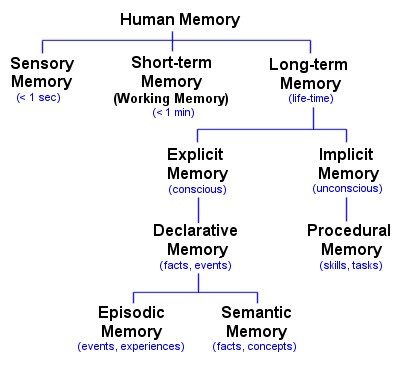
Storage
When the brain finds similar information, it tends to store them in groups so as to make it easier for them to be remembered. As a result, one of the things you can do is try to find commonality in your target audience and create something connected but still innovative to grab their attention and make your website memorable.
However, storage is not only done on the basis of association but also repetition wherein a piece of information is more likely to be stored because the brain comes across it again and again. This is why email marketing and getting visitors to subscribe to mailing lists is so important for a website owner.
Retrieval
Events first grab attention and then they turn into short-term memories by way of encoding. Storage can occur for a few minutes and hours to days, weeks, months, and even years.
Short term memories need to be converted to long term memories if you are to get an individual to remember your website when he needs something you offer. The process of conversion of short-term memories to long-term memories is known as memory consolidation. Once a memory becomes long term then it needs to be retrieved at the right time. This is largely done either through association where a brand is forcefully associated with a problem or through entertainment where something is made so memorable that the brand associated with it automatically becomes memorable. This is what you must strive for with your website content if you want to draw in more visitors.
Image Credits: Princeton, Youth E-entrepreneur, Human Memory.
Ankit is a co-founder @ AdPushup (a tool which helps online publishers optimize ad revenues) and loves online marketing & growth hacking.
